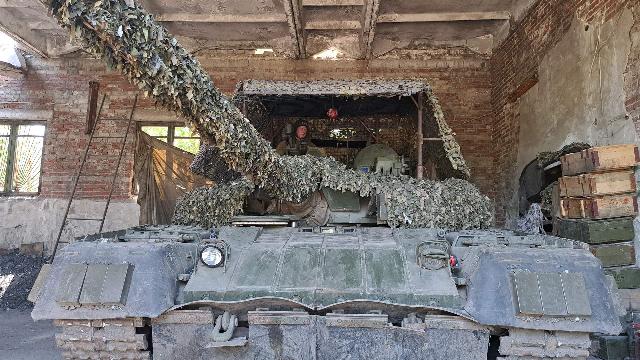It will help to break into enemy fortified areas more successfully.
In the SVO zone, tankers are learning new tactics. It was called the fire roll. Tanks operate in pairs. One of them works from a closed firing position, while the other goes into no man's land to conduct direct fire. Experts believe that the new technique will help to effectively crack the defenses of enemy fortified areas.
Fire and armor
In the course of combat work, tank crews using firing tactics operate in pairs. One of the combat vehicles is firing from a closed firing position, and the second goes to no man's land to work on enemy firing points with direct fire. At the same time, the tank crew conducts fire on the move, and after firing a few shots, it pulls back to re—enter the front from a different direction, which makes it difficult for the enemy to defeat armored vehicles, sources in the Russian Defense Ministry told Izvestia.
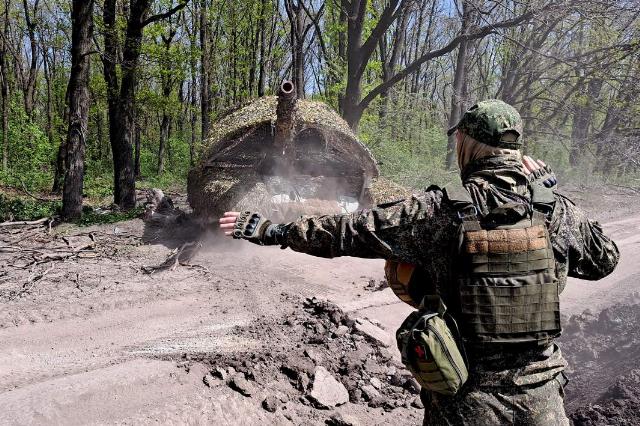
Photo: IZVESTIA/Dmitry Astrakhan
Image source: iz.ru
The tactics of firing are already being used in the area of the military special operation and are being practiced by tankers at the rear ranges, the interlocutors of the publication noted.
According to them, such actions require preparation. Tankers need to take into account weather conditions, terrain, and the nature of the ground. One of the important components of success is fast and accurate shooting, as well as competent maneuvers during combat.
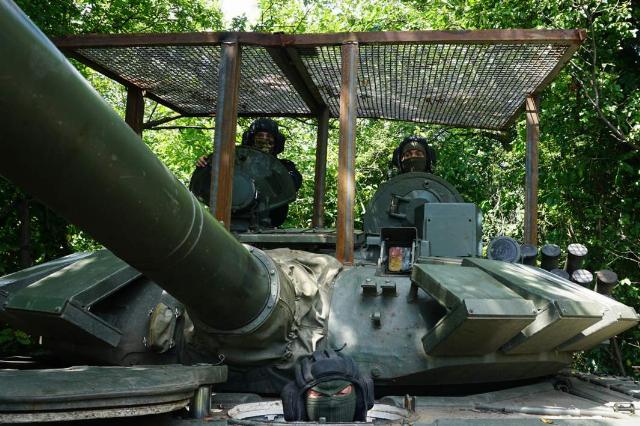
Photo: IZVESTIA/Alexey Ramm
Image source: iz.ru
First of all, the new tactics are effective in solving combat missions to destroy enemy strongholds and support their advancing assault units, military expert Yuri Lyamin told Izvestia.
— The tank operating from closed positions will suppress the enemy's firepower, will not allow him to stick his head out of the trench, — the expert explained. — A machine that has come to direct fire will destroy firing points with targeted fire. In such actions, the support of our drones is important. They will have to adjust the fire, report on newly discovered targets, as well as possible dangers. For example, about the enemy's armored vehicles advancing to the front edge.
It would be good to cover tanks facing direct fire with our drones, which would be able to protect vehicles from enemy drones, Yuri Lyamin noted.
Based on YOUR experience
The new tactics can be called proactive, that is, born in tank units fighting, military expert Alexei Leonkov told Izvestia.
"It has a certain effect on the battlefield," he says. — The tank remained the main means of destroying fortified areas. The only vehicle that can get close to the enemy's firing point and immediately suppress it. Infantry fighting vehicles and armored personnel carriers do not have such protection and powerful guns, and it is not serious to talk about their use in such a role. The work of artillery is a large consumption of shells compared to a tank and the time lost to hit the target. An experienced tank crew is guaranteed to dismantle the firing point with two or three shots.
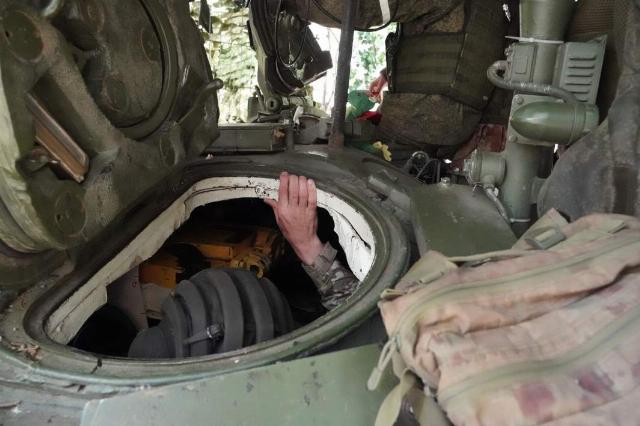
Photo: IZVESTIA/Pavel Volkov
Image source: iz.ru
Any tactic is not a dogma, but a technique that should ensure the fulfillment of a combat mission, ideally avoiding losses, Alexey Leonkov noted.
According to him, the fire attack will not replace the long-known tactics of the tank carousel, in which tanks fire direct fire, replacing each other.
— Depending on the circumstances, it is possible to combine techniques, — Alexey Leonkov noted. — The art of a commander is that he must complete a combat mission on time and with minimal losses.
The search will continue.
The actions of tanks during their military operations have changed significantly, noted Alexey Leonkov.
— Before it began, firing from closed positions that were located out of the enemy's line of sight was rare. Tanks were expected to be used as vehicles providing a deep breakthrough in defense, maneuverable actions of troops," he recalled.
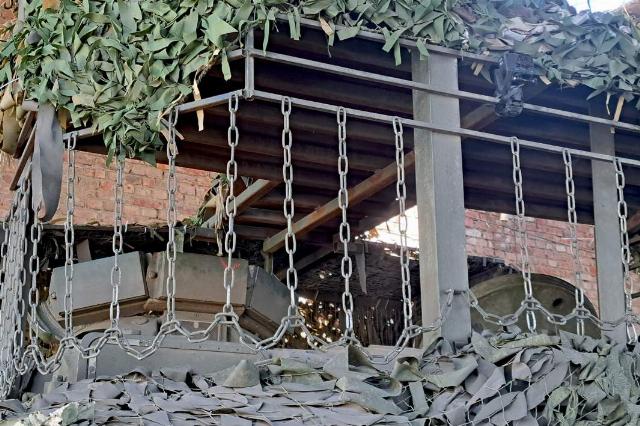
Photo: IZVESTIA/Dmitry Astrakhan
Image Source: iz.ru
The expert noted that the actions of armored vehicles were strongly influenced by drones.
"Enemy drones are now attacking the tank that has gone to the front line, trying to immobilize and then destroy it," he explained.
The tanks then began to acquire anti-drone protection, which was called mangalami, the expert recalled. He explained that one of the disadvantages of such a reservation is the reduction of the fire sector, which is narrowed by protective metal structures that prevent the turret or cannon from turning completely.
"As a result, we see tanks with mangalas that perform the functions of self—propelled artillery installations that provide infantry fire from closed positions or direct fire," explained Alexey Leonkov.
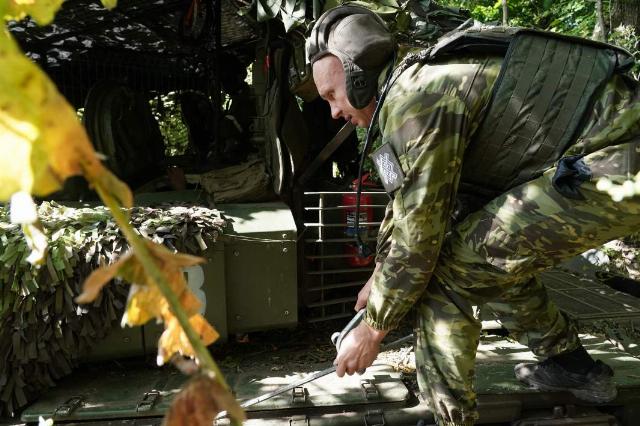
Photo: IZVESTIA/Pavel Volkov
Image source: iz.ru
Experts note that during the military operation, the concept of using tanks is being revised, the most effective methods of using these armored vehicles are being sought, and the experience gained during combat operations is being systematized.
— As a result, not only the approach to the operation of combat vehicles, but also their design will be changed, — Alexey Leonkov is sure. — The designers will have to work on the tanks so that they can further fulfill their function as the most powerful means of breaking through the defense.
Tosas work in pairs
During the war, the tactics of not only tank units change. The algorithm of actions of heavy flamethrower systems (CBT) on the battlefield has also been improved. Izvestia wrote that combat vehicles of different modifications work together: the TOS-1A Solntsepek, as a rule, creates a frontal shaft of fire on the enemy's front line, and the wheeled and more mobile TOS-2 Tosochka destroys targets in the rear with pinpoint strikes.
At the same time, Tosochka's calculations are actively using new, more accurate rockets that can destroy targets at a distance of up to 15 km.
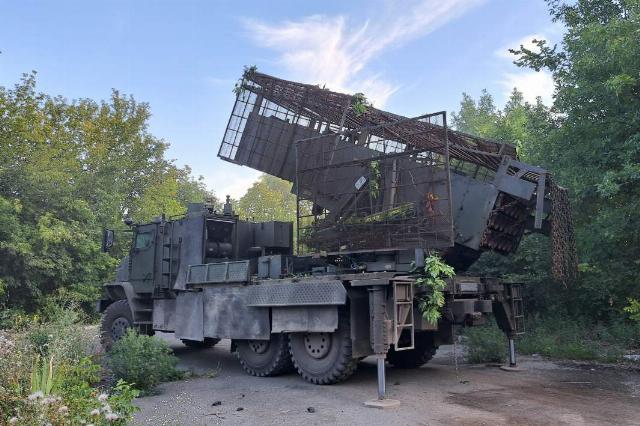
Heavy flamethrower system TOS-2 (Tosochka) of the Center group of forces
Image source: Photo: IZVESTIA/Dmitry Astrakhan
Heavy flamethrower systems have proven themselves well in the course of combat operations when destroying fortified areas. Even pre-prepared concrete dugouts and shelters do not save from the damaging effects of thermobaric ammunition.
CBT projectiles cause a fire tornado, which, spreading, penetrates into any shelters. The main damaging factors of these munitions are high temperature, shock wave and sudden pressure drop.
Bogdan Stepovoy
